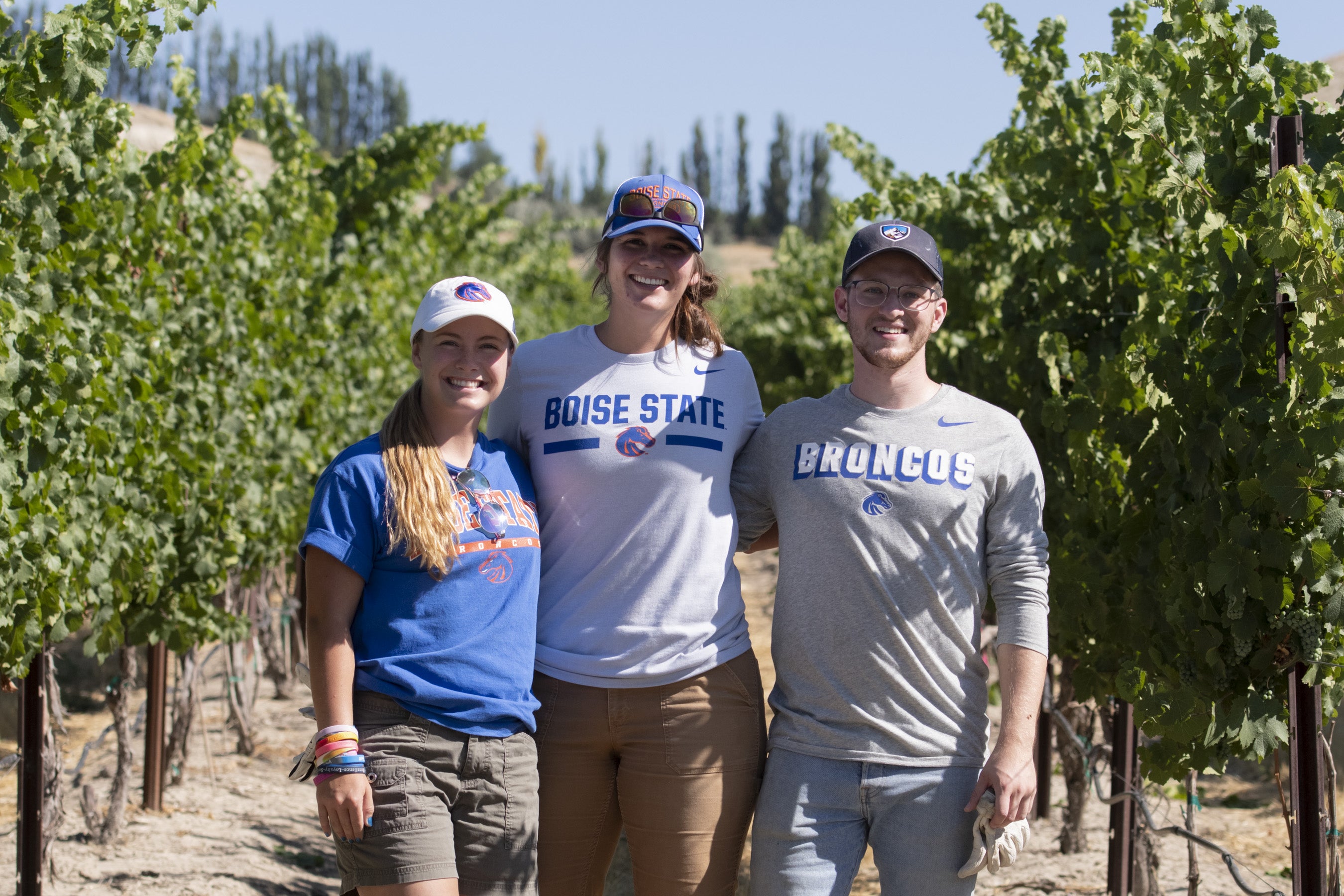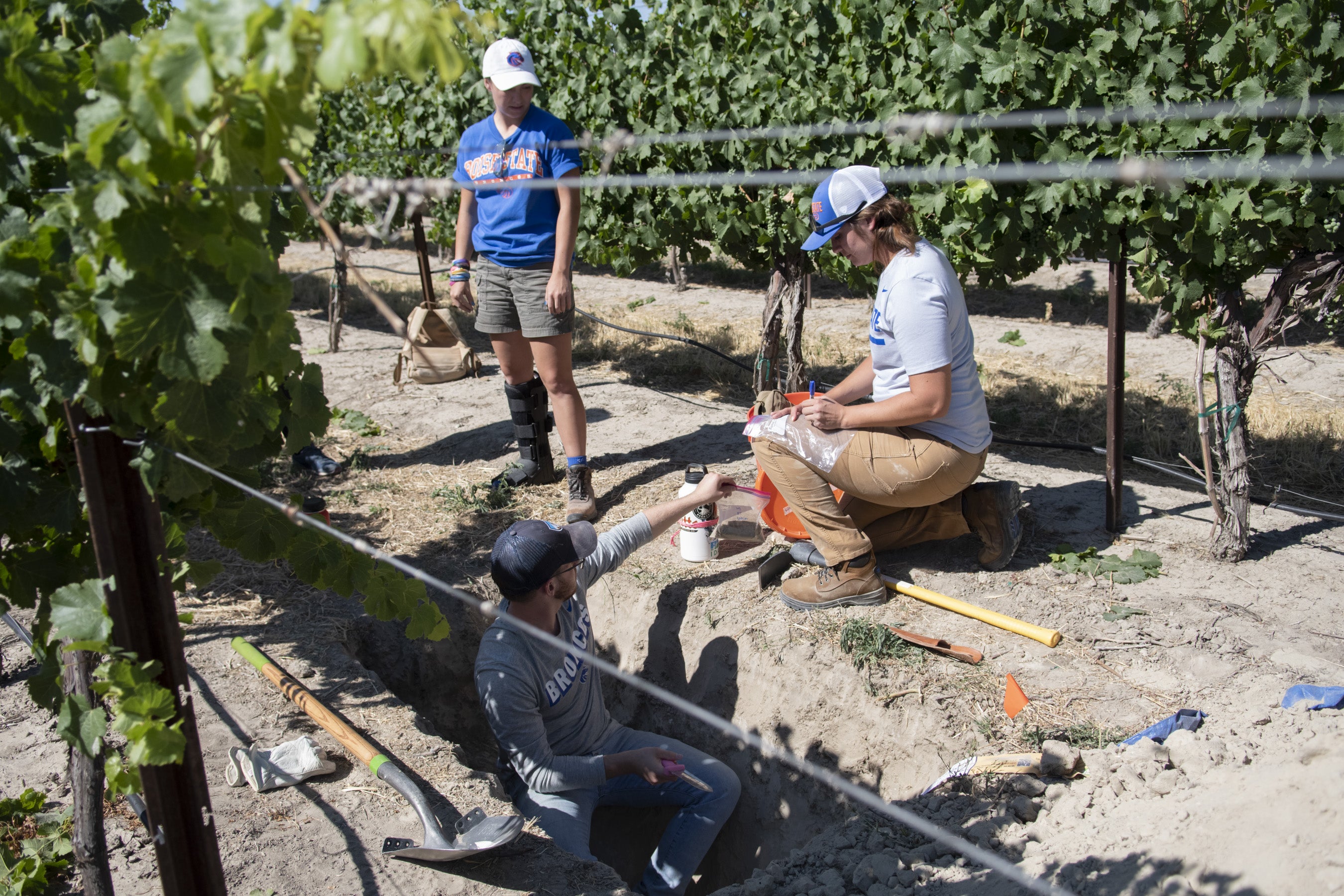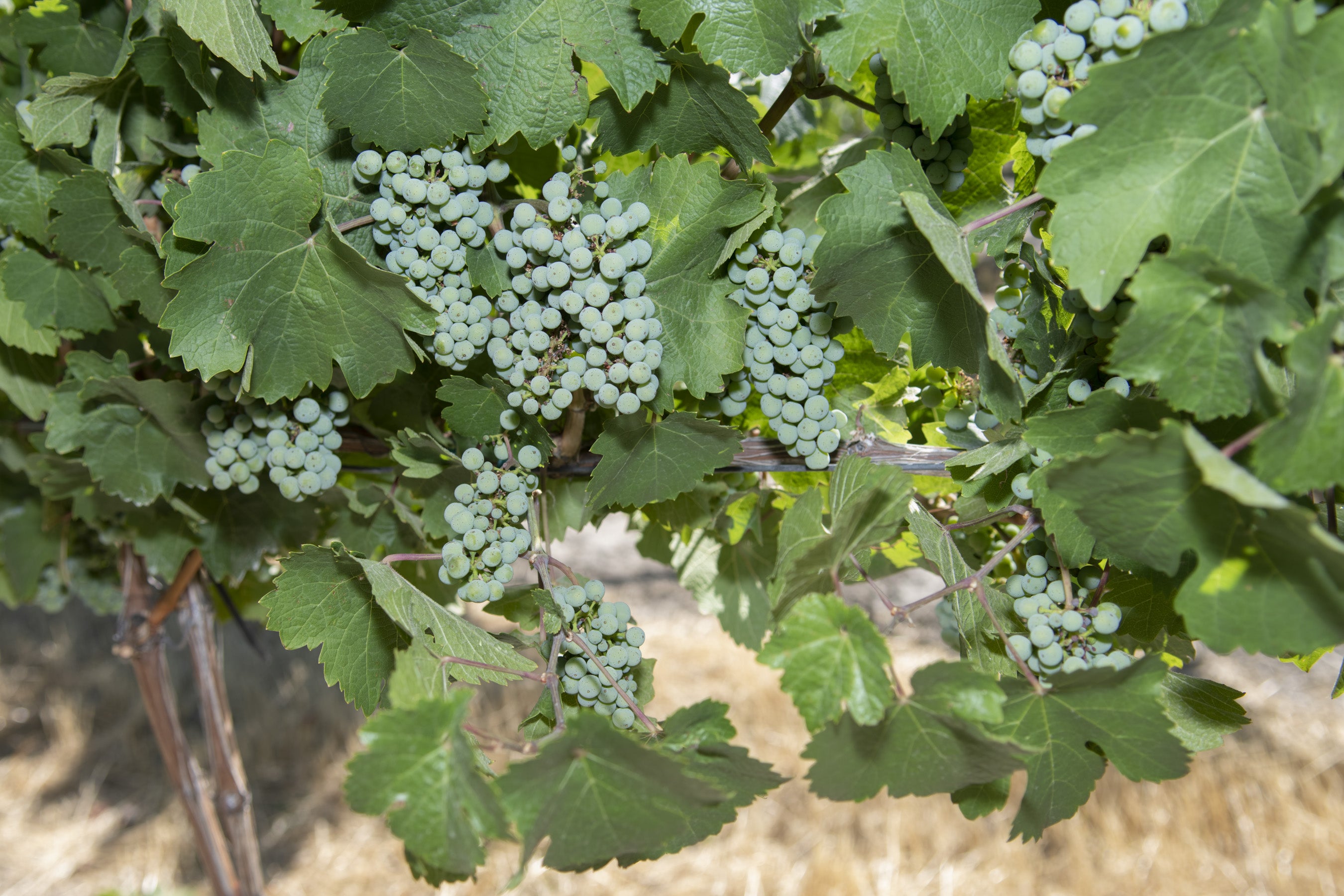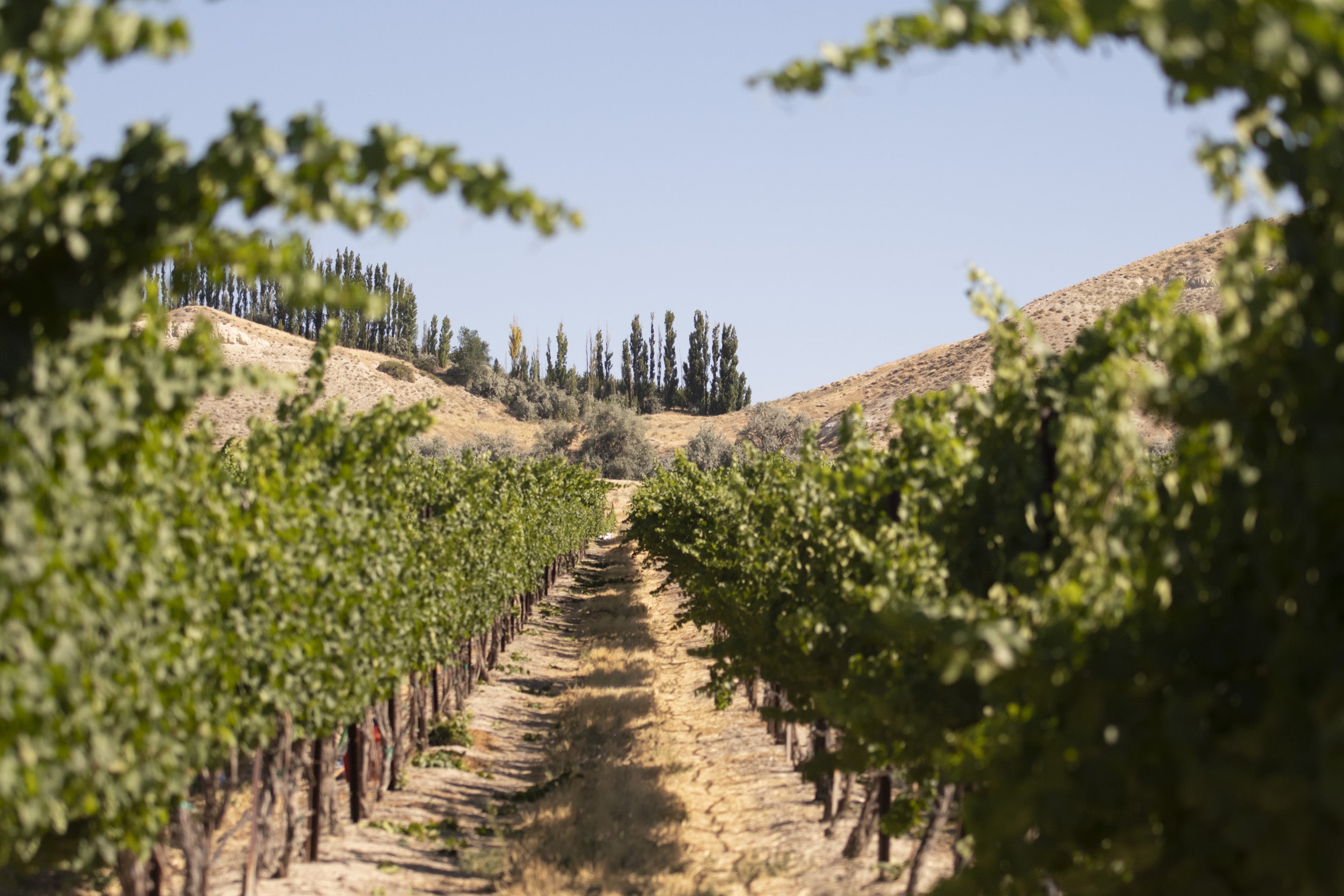We’ve all heard the Latin phrase “in vino veritas” (translated “in wine there is truth”), meaning that wine has a way of loosening the tongue and inhibitions. Yet this phrase can be used in another way. Any wine connoisseur will be the first to admit that the soil is crucial to determining the characteristics of the resulting wine. So, in a way, a vintage tells a story containing not only climate, geography, water, sugar, acid and tannins, but the hidden geological makeup of the soil.

Boise State Department of Geosciences graduate student Rachael Haggen’s research digs deeply into the soil of nine vineyards in southern Idaho to ascertain if an enormous flood (known as the Bonneville Flood) that occurred about 14,500 years ago is impacting the wines of the Snake River Plains.
“I want to help further develop the economy and popularity of the Idaho wine scene,” said Haggen. “The data I am collecting provides insight into the soil conditions of each vineyard— data the vineyard owners find valuable because it aids in their ability to grow the highest quality grapes for high quality wine.”
In the grand scheme of American wine producers, Idaho is one of the youngest regions. The wine culture in the Snake River region wasn’t established until the 1980s, and only became an American Viticultural Area (AVA) in 2007. According to the Idaho Wine Commission, the economic impact of Idaho’s wines in 2013 totaled $169.3 million (the most recent year data was available). The nine area vineyards being studied stretch from Caldwell and Melba, Idaho, to Adrian, Oregon.
Alumna Sydney Weitz-Nederend (2015, BBA, finance) and founder of SCORIA Vineyards – named for the volcanic rock that peppers their soil – welcomed the opportunity to connect with Boise State researchers and develop a greater understanding of her vineyard’s soil.
“The information Rachael has given us brings a new level of understanding of exactly how many soil microclimates exist in our vineyard. This helps us have an overall picture of what our vineyard terrain looks like and helps us to better manage our vineyard,” said Weitz-Nederend.

Working with Haggen and geosciences associate professor David Wilkins, Boise State geosciences junior Hannah Spero gravitated towards geology because it offered opportunities to travel and research across the globe. Through this project, Spero is able to take her passion from the classroom into the field and the lab to gain invaluable firsthand experience.
“I got caught up in the stories that geology tells – it covers the history of the earth,” said Spero. “I have not been able to stop reading those stories, and finding more questions of my own.”
Interpreting earth’s stories is a research-intensive process. To find out if the Ice-Age era Bonneville Flood did indeed reach these vineyards and currently is impacting the vintages, the team must conduct a multi-faceted process that starts in the vineyards and extends to a soils lab managed by Jen Pierce, an associate professor of geosciences.
The process begins with the collection of soil samples from varying depths in pits at each vineyard, which are then taken to the lab. Lab analysis includes at least eight different steps, from sieving the earth to using a laser device to determine if the soil’s parent material was blown in (or developed in place), to oven drying the soil to determine its water content. The research began in fall 2018 and the team plans to have results in spring 2020. Funding for the project is provided by Boise State’s Department of Geosciences.

Haggen says that whether or not the outcome of her research supports her hypothesis, the chance to support Idaho wineries and vintners with her research is her ultimate goal.
“A big part of my research is forming connections with vineyard owners and wine makers. As much as I would love to see my thesis or data published in viticulture and soil science journals, I would much rather hear that it was reliable and benefited the vineyard owners,” said Haggen. “I want to hear that they learned something new about the vineyard whether their vines just took root or they’ve been producing grapes for as long as I’ve been alive.”

–By Brianne Phillips